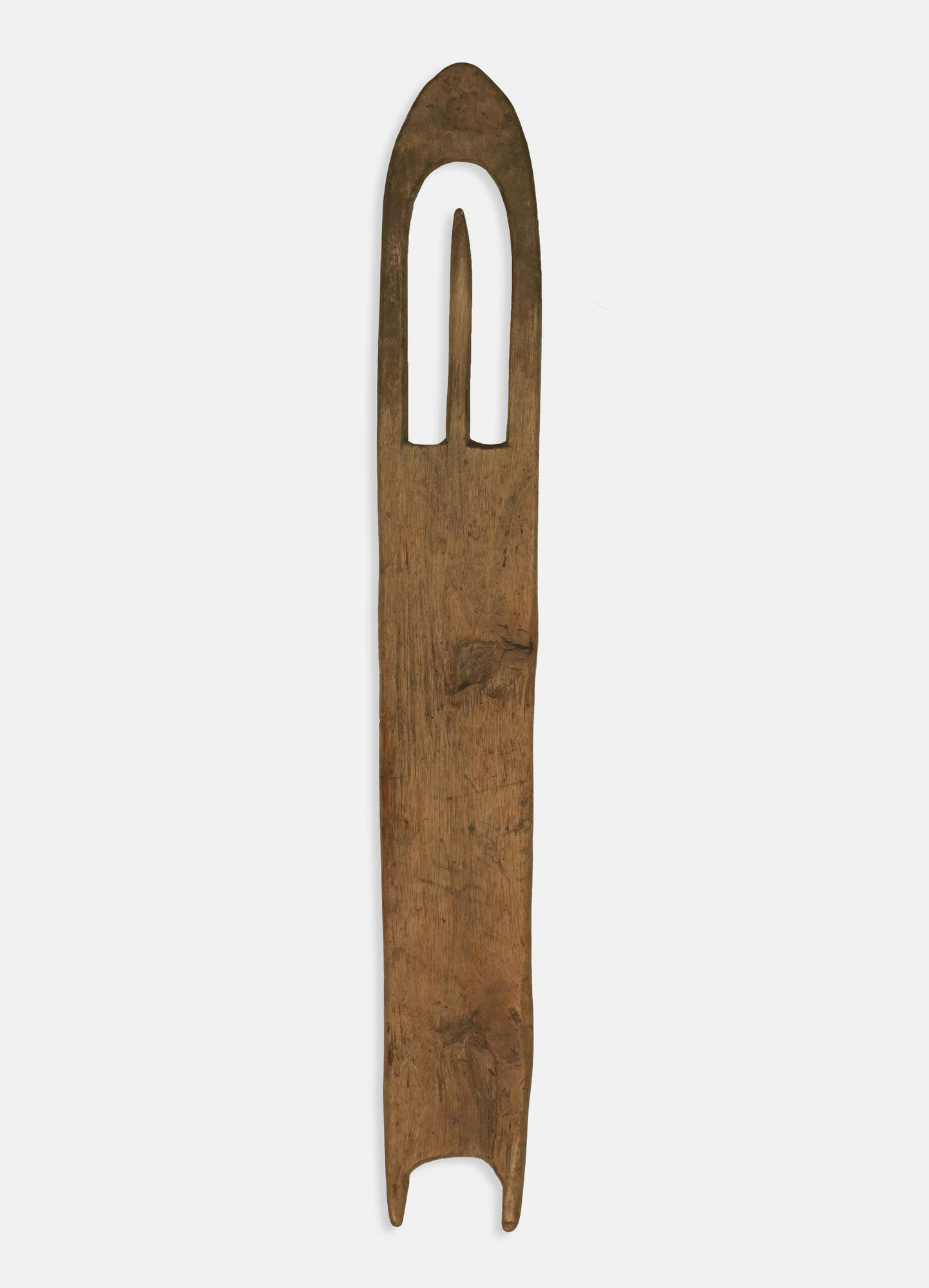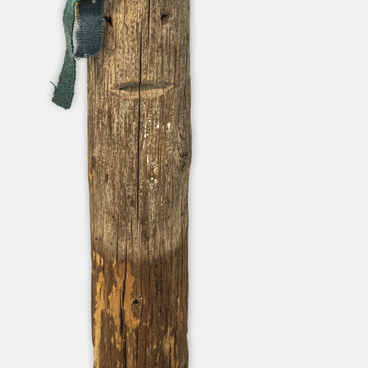Reindeer herding was the main trade of the Nenets, but hunting and fishing also played an important role in the Nenets economy. In the 17th — 19th centuries, the Nenets started using Russian-made nets and selling fish. Before the Russians came to the North, local indigenous peoples rarely engaged in fishing.
Net fishing was typical of communities with small numbers of reindeer. In summer, some Nenets entrusted their relatives with taking care of their deer and organized seasonal camps near water bodies. The traditional fishing tools were sweep and set nets. The nets were equipped with floats made of wood or birch bark and weights made of stones and pieces of reindeer horn.
In winter, the Nenets practiced ice fishing with nets. They used an ax or a crowbar to make two holes in the ice at a distance equal to the length of the net. The net’s rope was tied to the end of a khorey — a long pole used to steer reindeer. The pole was lowered into one hole and pulled toward the other. There it was picked up and pulled out, and the net was secured using wooden pegs. The next day the net with fish was pulled out and then put back in.
Traditionally, the Nenets made their own fishing gear, just like all household items. They used hemp thread and a wooden netting needle called “pongo nibya” or “terya”. The needle was carved out of hardwood. It is an elongated plate with rounded sides, a pointed tip, and a U-shaped bottom end. At the front of the needle, there is an oval hole with a carved tongue. When knitting a net, the thread was wound around the tongue and the sides of the needle.
Net knitting is an ancient craft known in various
cultures around the world. Nets were used not only for fishing, but also in
agriculture as fences, traps, and bags. All types of nets were made according
to the basic principle where loops were attached one by one. Their diameter was
determined by fingers and later by special wooden templates. A net could be
woven anywhere where a thread could be stretched. A wooden netting needle is
still used nowadays and is also known as a “shuttle” among Russian craftsmen.



